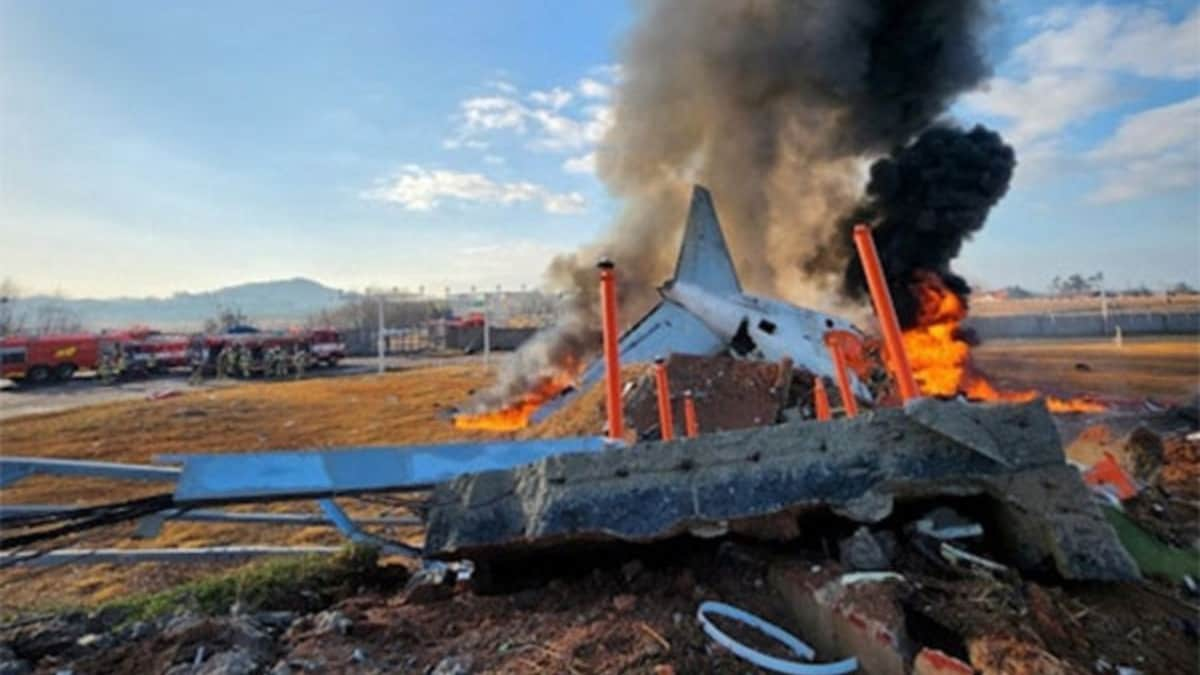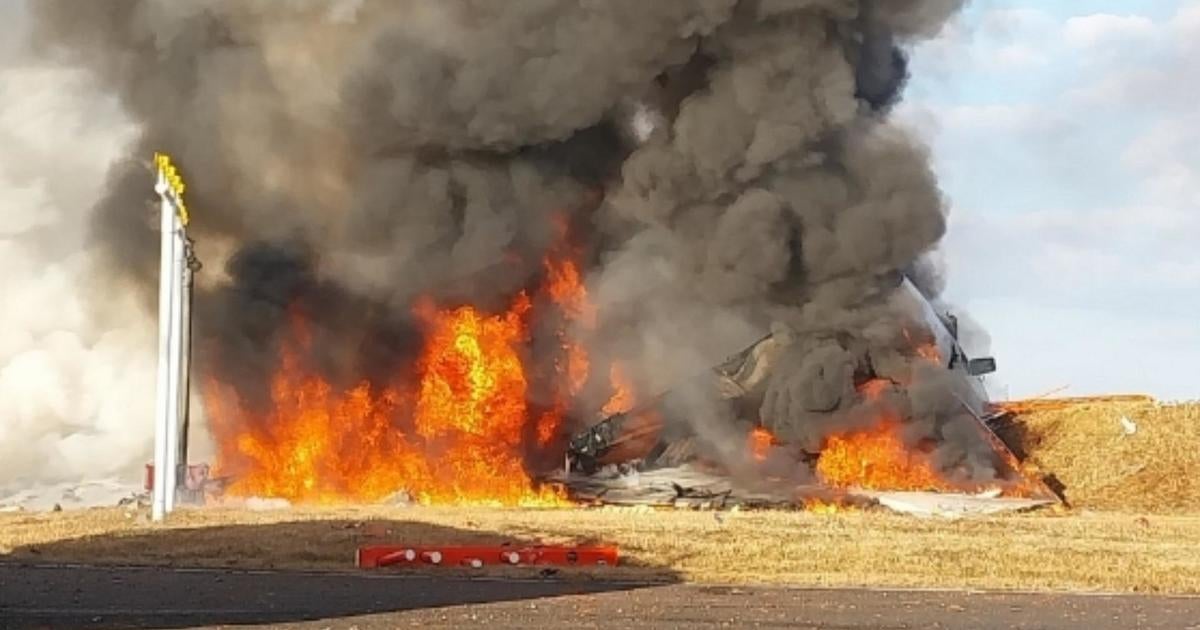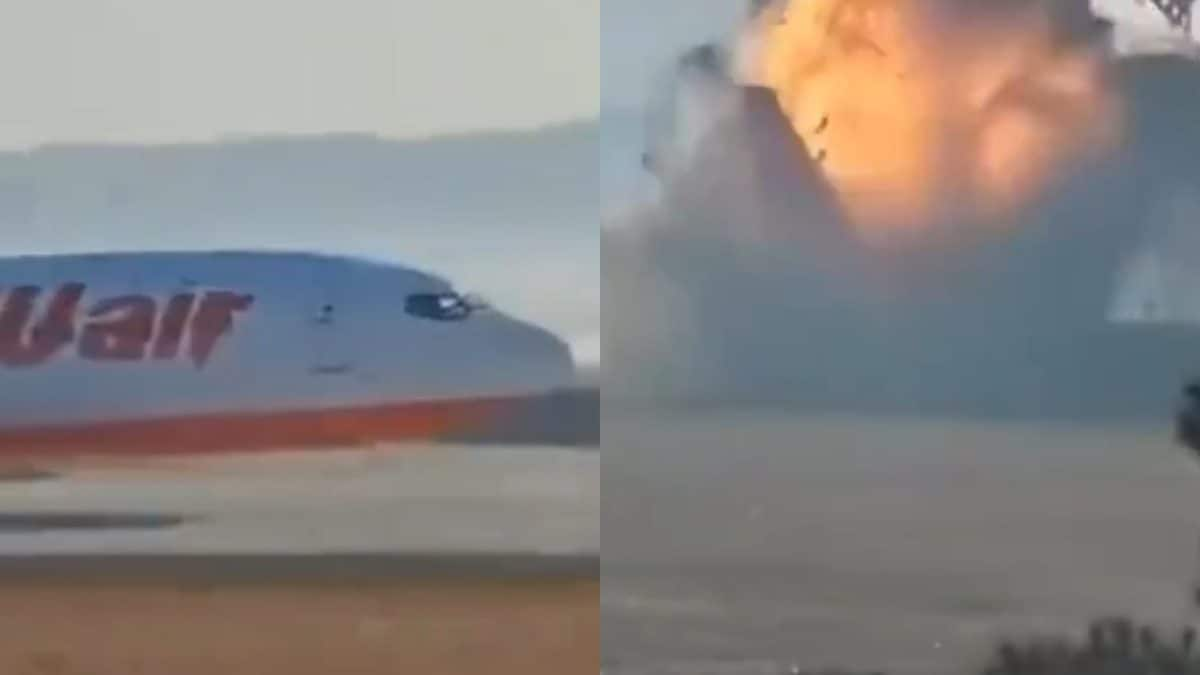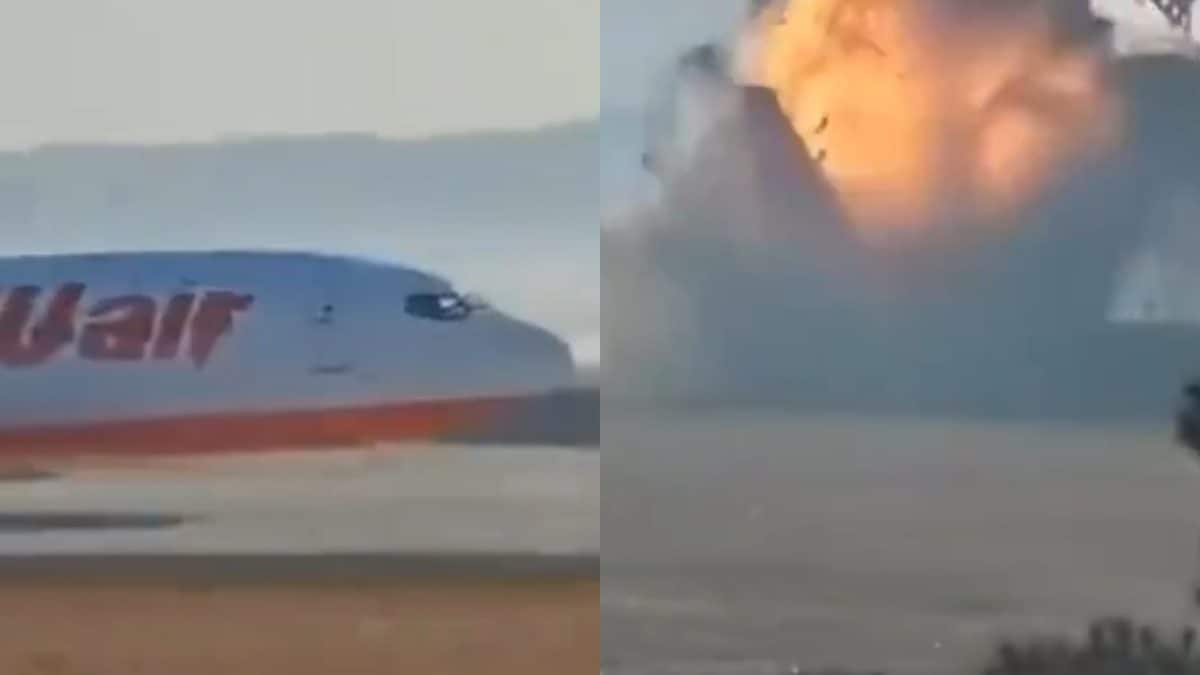Plane Crash Korea: This exploration delves into the history of air tragedies in South Korea, examining significant crashes, their impact on aviation safety, and the lasting effects on the nation. We’ll trace the timeline of major incidents, analyzing contributing factors and the subsequent improvements in safety regulations and technologies. The human cost and public response will also be explored, along with the ways Korea remembers and learns from these devastating events.
From the investigation processes and media coverage to memorialization efforts and technological advancements, we aim to provide a comprehensive understanding of plane crashes in Korea and their enduring consequences. We will look at specific cases, like the Asiana Airlines Flight 214 crash, to illustrate the far-reaching impact of these events on aviation worldwide.
A History of Plane Crashes in Korea: Impacts, Investigations, and Remembrance

Korea, like many nations with a robust aviation industry, has experienced its share of tragic plane crashes. These events, while devastating, have spurred significant advancements in aviation safety and prompted critical examinations of investigative procedures, public response, and memorialization efforts. This article explores the historical context of plane crashes in Korea, examining their impact on aviation safety, investigative processes, public perception, and the lasting legacies left behind.
Historical Context of Plane Crashes in Korea
Understanding the historical context of plane crashes in Korea requires examining a timeline of significant events, the types of aircraft involved, and the contributing factors behind each incident. Analyzing these aspects reveals trends and patterns that have shaped aviation safety regulations and practices.
While a comprehensive list is beyond the scope of this article, several notable crashes significantly impacted Korea’s aviation history. These incidents, spanning decades, involved various aircraft types and highlight the complex interplay of weather conditions, mechanical failures, and human error. The following table provides a summary of some major crashes and their casualty counts.
| Date | Flight Number | Aircraft Type | Casualties |
|---|---|---|---|
| [Insert Date] | [Insert Flight Number] | [Insert Aircraft Type] | [Insert Casualty Count] |
| [Insert Date] | [Insert Flight Number] | [Insert Aircraft Type] | [Insert Casualty Count] |
| [Insert Date] | [Insert Flight Number] | [Insert Aircraft Type] | [Insert Casualty Count] |
Impact of Specific Korean Plane Crashes on Aviation Safety

The aftermath of major plane crashes, particularly those with significant loss of life, has led to substantial changes in aviation safety regulations and practices in Korea. One prominent example is Asiana Airlines Flight 214, which highlighted the need for improved pilot training, enhanced communication protocols, and more rigorous safety inspections.
- Following the Asiana Airlines Flight 214 crash, new regulations regarding pilot training and airport communication were implemented.
- Improvements in aircraft maintenance procedures and technological advancements in flight safety systems were adopted.
- Increased emphasis was placed on emergency response planning and coordination.
Key lessons learned from these crashes include the importance of robust risk assessment, proactive safety management systems, and continuous improvement in pilot training and aircraft maintenance.
The recent plane crash in Korea highlights the fragility of life, reminding us of unexpected tragedies. It’s a stark contrast to the manufactured tension of fictional games like player 222 squid game 2 , where the stakes are high but ultimately fabricated. Thinking about real-world events like the Korean plane crash puts the manufactured drama into perspective, doesn’t it?
Investigation and Reporting Procedures Following Plane Crashes in Korea
The investigation of plane crashes in Korea involves a multi-agency approach, employing rigorous procedures to determine the cause of the accident and prevent future occurrences. Flight data recorders (black boxes) play a crucial role, providing valuable information about the aircraft’s performance leading up to the crash.
The process generally involves:
- Securing the crash site and collecting evidence.
- Analyzing flight data recorders and cockpit voice recorders.
- Conducting witness interviews and reviewing maintenance records.
- Developing a comprehensive report outlining the findings and recommendations.
Public Perception and Media Coverage of Plane Crashes in Korea, Plane crash korea
Korean media outlets typically provide extensive coverage of plane crashes, often emphasizing the human stories behind the tragedy. Public response often involves a mixture of grief, anger, and calls for improved safety measures. Social media has amplified these responses, facilitating rapid dissemination of information and public discourse.
Thinking about plane crashes in Korea? It’s a serious subject, and understanding the factors involved is crucial. To get a broader perspective on air safety, check out this resource on plane crashes december 2025 which offers insights into potential future trends. Learning from past and potential future incidents helps us better understand how to improve air travel safety in Korea and globally.
Comparisons with media coverage in other countries often reveal similarities in the emotional impact of such events, though cultural nuances may influence the tone and focus of reporting.
Memorialization and Remembrance of Victims
Victims of Korean plane crashes are remembered through various memorials, tributes, and community support initiatives. These efforts provide solace to grieving families and serve as a reminder of the importance of aviation safety.
A typical memorial service might involve a gathering of family and friends, religious observances, and moments of silent reflection. The atmosphere is usually somber, filled with a sense of loss and shared grief, yet also with a collective resolve to learn from the tragedy and prevent future occurrences.
Technological Advancements in Preventing Future Crashes

Significant advancements in aviation technology have been implemented to enhance flight safety. These technologies, ranging from improved navigation systems to advanced warning systems, aim to minimize the risk of accidents.
| Aircraft Generation | Safety Feature | Description | Effectiveness |
|---|---|---|---|
| [Insert Generation] | [Insert Feature] | [Insert Description] | [Insert Effectiveness] |
| [Insert Generation] | [Insert Feature] | [Insert Description] | [Insert Effectiveness] |
Conclusion: Plane Crash Korea
Ultimately, understanding the history of plane crashes in Korea offers invaluable lessons for enhancing aviation safety globally. By examining past tragedies, we can identify recurring patterns, assess the effectiveness of implemented safety measures, and work towards preventing future accidents. The ongoing commitment to learning from these events, both technologically and culturally, underscores the importance of continuous improvement in the pursuit of safer skies.
Questions and Answers
What is the most common cause of plane crashes in Korea historically?
While specific causes vary by incident, a combination of factors including weather conditions, mechanical failures, and human error have frequently contributed to plane crashes in Korea.
How does Korea’s approach to investigating air crashes compare to other countries?
Plane crashes are sadly a part of aviation history, and unfortunately, Korea has experienced its share of these devastating events. To understand the impact and learn more about specific incidents, you should check out this resource on plane crash korea for detailed information. Studying these events helps improve aviation safety and prevent future tragedies in Korea and worldwide.
Korea employs a multi-agency investigative process involving air accident investigation bureaus, similar to many other nations. Specific details of the process may differ but generally adhere to international standards.
Are there specific memorials dedicated to victims of Korean plane crashes?
Yes, various memorials and tributes exist, often established by families, communities, and organizations to remember and honor the victims of these tragedies. Details will vary by the specific incident.
What role does social media play in shaping public perception of air crashes in Korea?
Social media significantly impacts public perception, providing immediate information, fostering discussions, and potentially influencing public opinion both positively and negatively. It can both spread accurate information and misinformation rapidly.
